Blog
Table of Contents
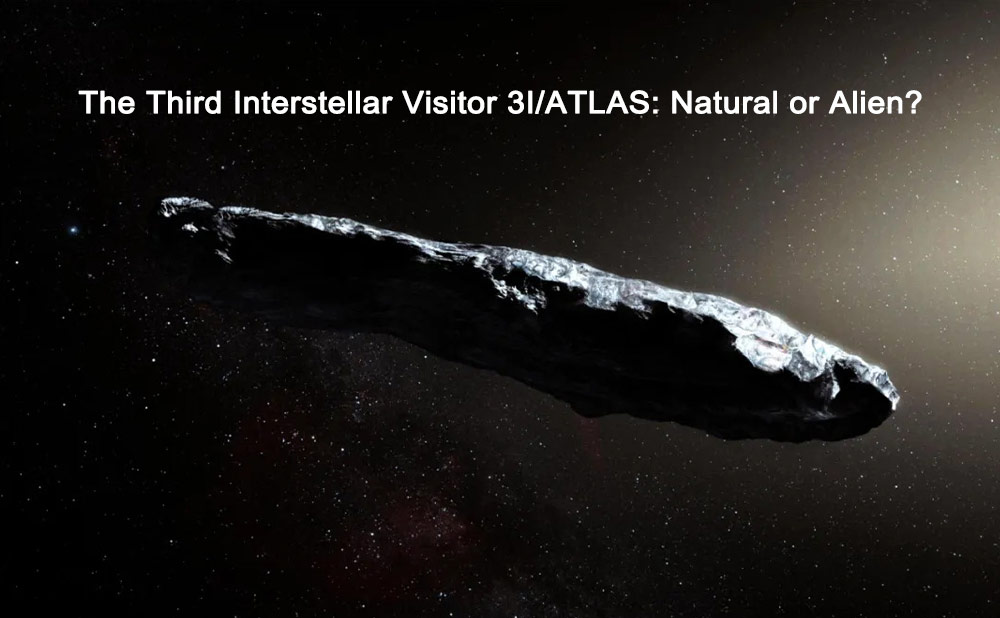
The Third Interstellar Comet 3I/ATLAS: Natural or Alien?
Mysterious Visitor Appears in the Cosmos - 3I/ATLAS
Humanity's curiosity about extraterrestrial life has never ceased. Recently, a mysterious object called 3I/ATLAS came into our solar system. What is 3I/Atlas? The story begins on July 1, 2025. The ATLAS survey telescope in Chile was scanning the sky when it suddenly found a fast-moving celestial body. Scientists swiftly acted, precisely calculating its trajectory and discovering with astonishment that its orbit followed a hyperbolic path. This demonstrated that the Sun's gravity did not pull it. Instead, it came from far away in interstellar space, beyond our solar system. Soon after, the International Astronomical Union officially designated it as “3I/ATLAS.”
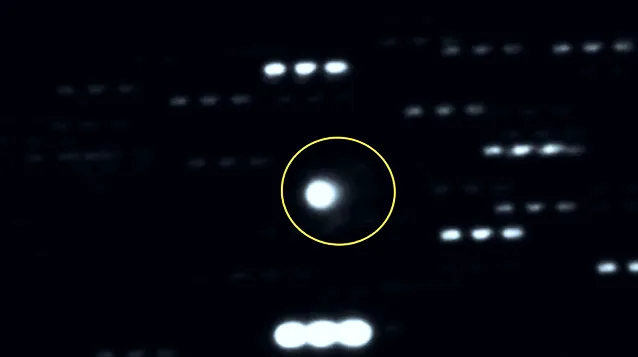
Basic Information on 3I/ATLAS
Unique Identity and Trajectory
As the third interstellar object discovered by humanity, 3I/ATLAS's designation highlights its unique identity as an “interstellar visitor.” The letter “I” stands for “Interstellar.”This shows it comes from outside our solar system. The number ‘3’ means it is the third object confirmed. “ATLAS” is the name of the Chilean observatory that found it.
Its path is hyperbolic and has an eccentricity of 6.23. This is remarkably different from the elliptical orbits of most solar system bodies. The interstellar comet 3i atlas entered our solar system from Sagittarius, moving over 60 kilometers per second. This speed is much faster than most comets.
Where is 3i Atlas Right Now?
Its journey through space has several important milestones. Researchers discovered it in early July 2025 while they crossed Jupiter's orbit. Astronomers expect it to reach perihelion on October 29. At that time, it will come within about 200 million kilometers of the Sun.This position is between Mars' and Earth's orbits. How fast is 3i atlas moving? The comet 3i/atlas will reach a speed of about 68 kilometers per second before moving away from the Sun. When will 3i atlas be closest to earth? According to observations, this comet will be closest to earth around December 19. At that point, it will be about 270 million kilometers away, which poses no threat to our planet.In March 2026, it will fly past Jupiter's orbit. Then, it will leave the solar system and enter interstellar space.
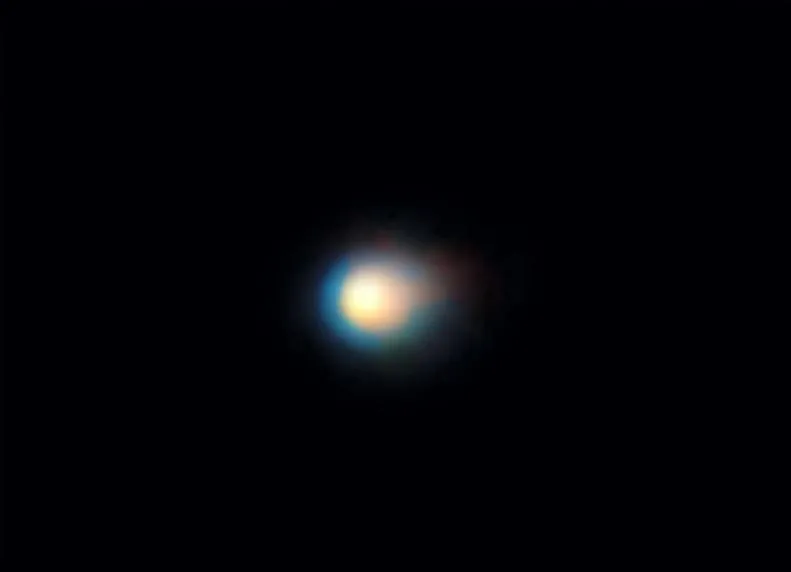
3I/ATLAS's Exceptional Physical Characteristics
Preliminary observations show that 3I/ATLAS has classic comet traits. It has a cold nucleus, a bright coma, and a tail made of gas and dust. This leads to its classification as a comet. How big is 3i atlas? Compared to previously discovered interstellar objects 1I/Oumuamua and 2I/Borisov, 3I/ATLAS is a “massive object.” Initially, scientists estimated its diameter to be approximately 10-20 kilometers, while 'Oumuamua measured only a few hundred meters. If scientists confirm that 3I/ATLAS falls within this size range, it could weigh 10 million times more than 'Oumuamua.Harvard astronomer Avi Loeb suggested that 3I/ATLAS might weigh over 33 billion tons. He estimates its core diameter is at least 5 kilometers, possibly between 5 and 11 kilometers.
Regarding its composition, numerous speculations and uncertainties remain. Through observational observations, astronomers believe it primarily consists of volatile icy materials and dust - common constituents of comets. As it approaches the Sun, these icy materials sublimate, releasing gases and dust to form a coma and tail.
However, it has unique features. Infrared data from the James Webb Space Telescope shows something interesting.The coma of 3I/ATLAS mainly consists of carbon dioxide. This composition is exceptionally rare among known comets. The research team thinks this may link to where it formed. It might have come from near the “carbon dioxide ice line.”Alternatively, strong radiation could have exposed its icy body for a long time. This exposure may have caused its unusual chemical signature.
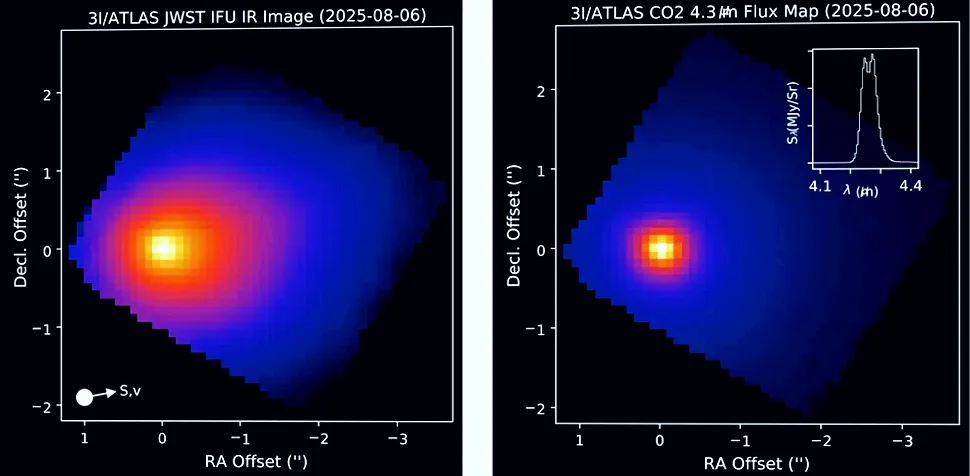
Is 3I/ATLAS a Interstellar Comet Object or Alien Technology?
As we learn more about 3I/ATLAS, Some wonder if it is a natural comet or alien technology. Comets are common and usually follow a set pattern.When they get close to the Sun, ice turns into gas. This gas and dust create a tail that points away from the Sun because of the solar wind. However, the interstellar object 3I/ATLAS has completely shattered this “common knowledge,” plunging the scientific community into unprecedented debate.
In recent weeks, astronomy telescopes around the world have taken amazing pictures. Comet 3I/ATLAS's nucleus is updating and shooting out a stream of gas and dust.This stream stretches for several kilometers. Moving toward the Sun, not away from it. This “retrograde comet tail” phenomenon has no precedent in the known history of comet observations.
Scientists know that comets break apart as they get closer to the Sun. They release gases like water vapor and carbon dioxide. This can cause them to shatter into many small pieces.Yet 3I/ATLAS defies these expectations. Two main theories exist about this phenomenon.
- The first theory suggests that 3I/ATLAS releases exceptionally heavy particles. The solar wind cannot push these particles away.
- The second theory proposes that it is not a "traditional comet." Instead, it may be an unknown technological artifact.
NASA continues to maintain that 3I/ATLAS is an ordinary interstellar comet. Yet mounting observational evidence suggests its behavior defies conventional physical models.
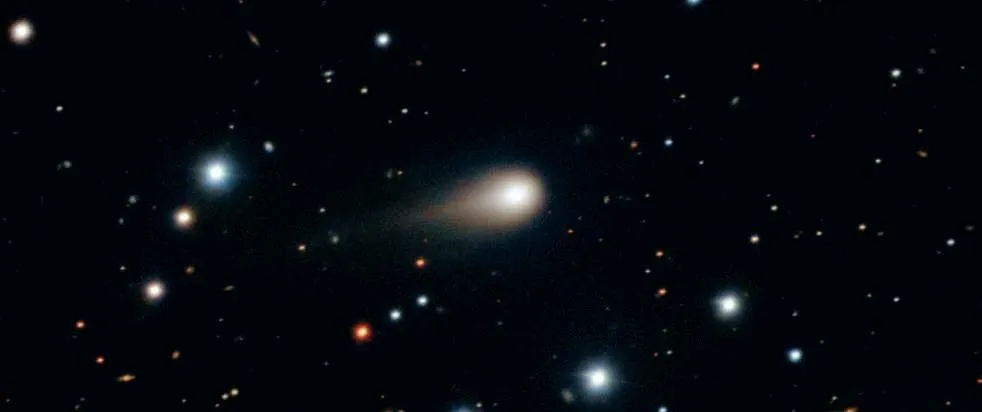
Could 3I/ATLAS be an Ordinary Interstellar Object?
Harvard astronomer Avi Loeb has repeatedly emphasized that if such large interstellar objects formed naturally, we should have discovered thousands of much smaller ones before 3I/Atlas.Yet humanity has only found three. This “anomalous sequence” prompts his question: Could 3I/Atlas be anything but an ordinary Interstellar object? Could it even be a “mothership” crafted by a highly advanced civilization?
This object is not only exceptionally massive, but its trajectory, velocity, and gaseous structure defy the characteristics of known natural celestial bodies. Loeb thinks it may not be just a regular rock. He believes it could be a technological object from an alien civilization. It might be a probe or a signal we cannot understand.
The “Dark Forest Theory” mentioned by Loeb adds to the debate. This idea is popular in science fiction. It suggests that the universe may have many civilizations. However, these civilizations stay quiet. They fear that revealing themselves could lead to terrible conflict. If 3I/ATLAS truly represents some form of intelligent signal, have we already targeted, observed, or even evaluated it?
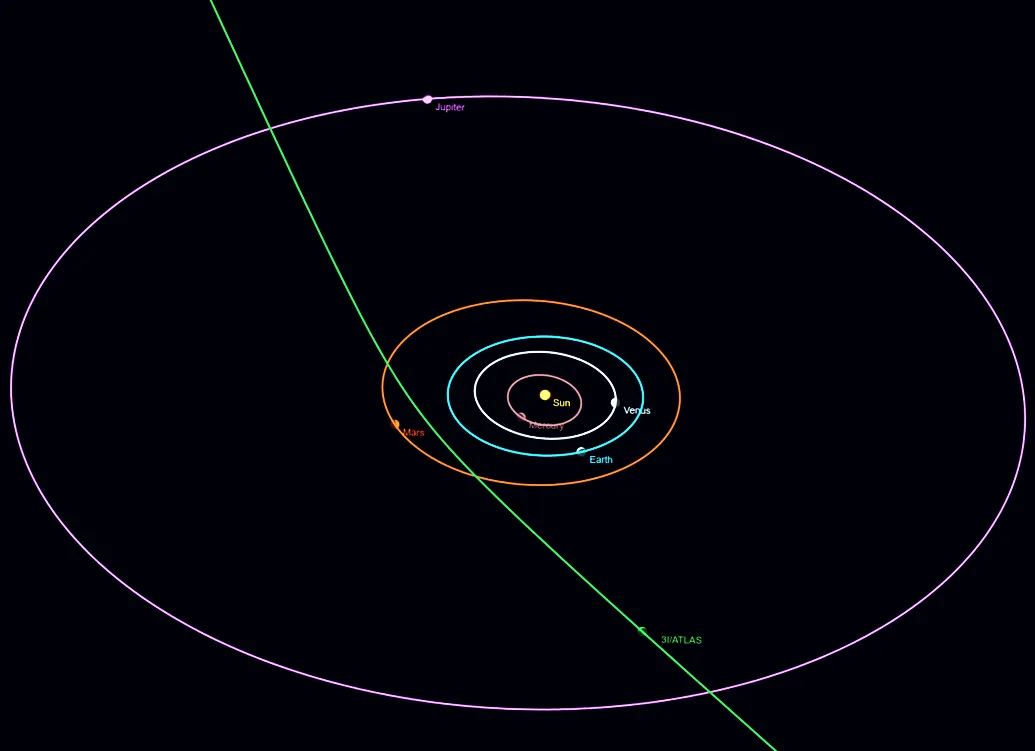
Attention to 3I/ATLAS Will Continue
Of course, not all scientists agree with Loeb's perspective. Some think this celestial body is just an ancient object pushed away by a distant galaxy's gravity. Its oddity may be just a coincidence. Even so, the appearance of 3I/ATLAS still offers crucial clues for studying interstellar matter and cosmic evolution.
Over the coming months, major observatories worldwide will maintain continuous monitoring, with its perihelion on October 29th being a critical observation window. As 3I/ATLAS approaches perihelion, intense solar radiation and gravitational forces will affect it, potentially revealing further unusual phenomena. Astronomers hope that observations during this pivotal moment will yield more information to unravel the mystery of its identity.
Comments (2 )
vk com ka4itor
i know how open portal np


The Architect
What a load of crap!